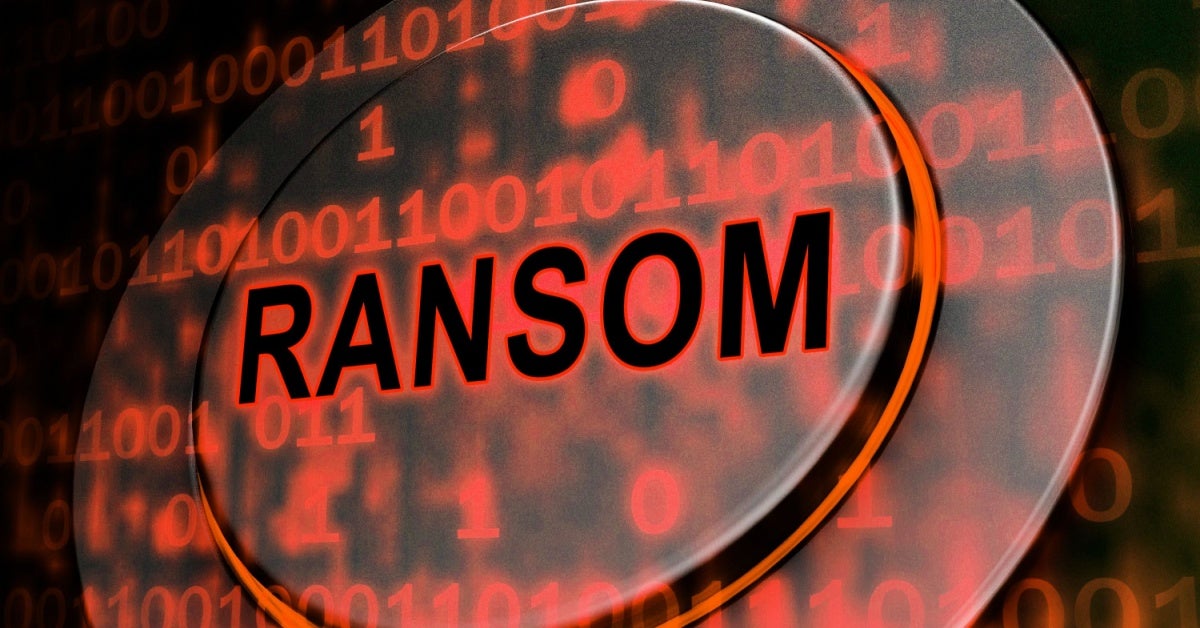In the morning of 12 April 2025, night‑shift engineers inside CMC Group’s private cloud felt the first tremor of what would become Vietnam’s most talked‑about ransomware attack so far this year. Network logs showed an unfamiliar administrator account spawning dozens of SMB sessions and probing a developer subnet that should have been invisible to outsiders. Within 90 minutes, process‑monitoring dashboards at the company’s security operations centre (SOC) flashed red: a surge in file‑rename events, each adding the tell‑tale “.crypto24” extension. By sunrise, the attacker, quickly identified as the Crypto24 gang, had locked portions of a subsidiary’s servers and siphoned roughly two terabytes (TB) of data across three countries.
CMC, Vietnam’s second‑largest ICT conglomerate, immediately isolated the affected network segment, cut off outgoing traffic to the command‑and‑control nodes, and invoked its incident‑response playbook. According to the company’s initial media statement, critical customer platforms were “safe and stable,” and full service would return “within 24 hours.”

Why Vietnam CMC Group matters
CMC Group, founded in 1993 and now Vietnam’s second‑largest ICT conglomerate, matters because its 4,700‑strong workforce runs critical, interlocking businesses—system‑integration and cybersecurity consulting, a fast‑growing global outsourcing arm that serves clients in more than 30 countries, and a nationwide cloud‑and‑telecom backbone that hosts banking, aviation, logistics and public‑sector workloads.
This breadth makes CMC both a pillar of Vietnam’s digital economy and a potential single point of failure: a disruption inside its networks can ripple across flight‑booking portals, payment rails and government data hubs. At the same time, the company’s role as a security vendor means a breach carries powerful signal value—proving even defenders are vulnerable—and thus shapes how boards, regulators and competitors across Southeast Asia budget for cyber‑resilience.
Meet Crypto24: fast, loud and greedy
The Crypto24 crew surfaced in July 2024 on the RAMP forum, advertising quick‑profit Ransomware‑as‑a‑Service (RaaS) deals, promising affiliates a fast return on investment. Threat hunters at Cisco Talos say the group favours harvested VPN credentials and keeps dwell time to a minimum—normally less than six hours—before detonating its payload. Crypto24’s ransom note promises a free decryptor for three test files and threatens to leak stolen data in stages, a textbook double‑extortion model.
Security blogs note that Crypto24 has hit companies in healthcare and logistics across Asia. But analysts were startled that a company with CMC’s security pedigree still lost 2 TB of intellectual property. That volume matters: ransomware groups know data, not downtime, drives ransom negotiations.
Asia’s ransomware drumbeat grows louder
CMC’s ordeal did not happen in a vacuum. Two weeks earlier a US $10 million ransomware attack knocked flight‑information screens offline at Kuala Lumpur International Airport, forcing ground staff to relay departure gates over megaphones. In 2024, Vietnam Post’s parcel‑tracking system went dark, while fuel retailer PV Oil admitted to service impairment after an encryption outbreak.
Regional statistics paint a grim backdrop. Hanoi‑based security vendor Bkav recorded 155,640 ransomware infections across Vietnam in 2024, blaming total economic losses of “tens of trillions of đồng” (roughly US $420 million) on ransom payments, downtime, and brand damage. On a broader canvas, Sophos’ State of Ransomware 2024 survey of 1,097 Asia‑Pacific organisations calculated a median ransom payment of US $1.25 million, three times higher than in 2023.
“Cyberattacks, espionage activities, and personal data breaches are becoming increasingly dangerous and sophisticated, posing severe risks to both public and private sectors.”
Nguyen Ba Son, Deputy Director of the Cybersecurity and High-Tech Crime Prevention Department
Technical Autopsy: How an Estimated 2 TB of Data Was Lost
CMC Group and Vietnam’s National Cyber Security Centre (NCSC) have not yet released a formal forensic report. The outline below therefore draws on the attack patterns most frequently documented in recent CISA ransomware advisories and the IBM X‑Force 2024 report, all of which match tactics attributed to double‑extortion crews like Crypto24:
| Stage | Typical Tactics Seen in Comparable Incidents* |
|---|---|
| Initial Access | Purchase or theft of valid VPN / RDP credentials to gain a foothold. Stolen-credential abuse grew 71% YoY and now ties with phishing as the top entry vector, per IBM X‑Force 2024. |
| Privilege Escalation | Leveraging misconfigured identity-sync services (e.g., Azure AD Connect) or domain misconfigurations to obtain Domain Admin rights. CISA notes similar behavior in its Play Ransomware advisory. |
| Discovery & Exfiltration | Running AdFind to map Active Directory and using Rclone (or FileZilla/WinSCP) to exfiltrate data to an external cloud bucket. Techniques cited in Medusa and Akira advisories. |
| Encryption | Simultaneous encryption of on-prem workloads (e.g., VMware) and cloud resources to maximize disruption. Documented across multiple #StopRansomware case studies. |
| Extortion | Posting small file samples or directory trees on leak sites to pressure payment—standard practice among double-extortion groups per CISA threat-actor advisories. |
*This table illustrates industry‑verified tactics aligned with early, unconfirmed details of the CMC incident. Exact techniques will be clearer once the official post-incident report is released.
Compliance hurdles
Regulators are circling. Vietnam’s 2023 Cybersecurity Decree compels breached organisations to notify authorities within 72 hours and maintain personal data inside the country. If any European customer PII lurked inside the stolen 2 TB, GDPR fines of up to four percent of global turnover could apply. Thailand’s PDPA, effective last year, has similar extraterritorial reach with penalties up to a certain percent of revenue. To streamline reporting when breaches cross ASEAN borders, policymakers in February released a set of model contract clauses that define how companies should share data‑breach information across jurisdictions.
KPMG’s 2024 briefing on Vietnam’s data‑security challenges warned that 13,900 cyber‑incidents hit domestic systems in 2023—a figure the firm calls “conservative” because many SMEs avoid disclosure. Analysts say the CMC investigation could become a test case for Vietnam’s new mandatory‑breach disclosure regime.
Five strategic lessons for defenders
- Enforce multi‑factor authentication on every external service. Crypto24 walked in with a single stolen password. Most ransomware crews do too.
- Isolate environments as if breaches are inevitable. CMC’s segmentation prevented encryption from spilling into its core SaaS platforms—a textbook win for zero‑trust design.
- Back up like your business depends on it—offline and immutable. The 24‑hour comeback hinged on air‑gapped repositories.
- Monitor for abnormal outbound traffic. 2 TB of data exfiltration left a clear egress pattern. Behaviour‑analytics engines inside an XDR platform flag large uploads that traditional firewalls miss.
- Rehearse the crisis. Deloitte’s 2025 Global IR Readiness Survey shows organisations that drill quarterly cut breach‑containment times by 30 percent.
Looking ahead
The CMC Group incident underscores a hard lesson: in today’s threat landscape, no organisation—no matter how technologically sophisticated—is immune to a single stolen credential or mis‑configured service. Swift containment and transparent communication limited the blast radius this time, but the breach refocuses attention on the basics: enforce multi‑factor authentication, isolate critical networks, practise restoration drills, and monitor for unusual data flows. As regional boards digest what happened in Vietnam, the takeaway is clear: cyber‑resilience is earned through daily discipline, not brand stature.
Frequently Asked Questions
Crypto24 is a double‑extortion gang that steals data and then encrypts systems, threatening public leaks if victims refuse to pay.
Approximately two terabytes—chiefly code repositories, HR files, and limited customer test databases.
The company has not disclosed any payment, and Vietnamese officials advise against paying to avoid funding criminal activity.
CMC says its segmentation strategy kept production workloads online, and customer portals were operational within 24 hours.
Mandatory MFA, strict network segmentation, offline backups, continuous monitoring for unusual traffic, and regular incident‑response drills remain the most effective defences.





